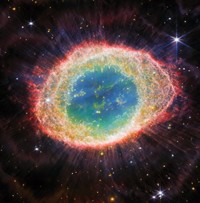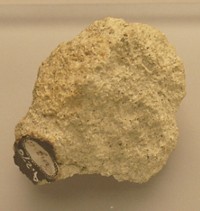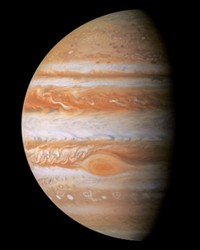Advertisement
Grab your lab coat. Let's get started
Welcome!
Welcome!
Create an account below to get 6 C&EN articles per month, receive newsletters and more - all free.
It seems this is your first time logging in online. Please enter the following information to continue.
As an ACS member you automatically get access to this site. All we need is few more details to create your reading experience.
Not you? Sign in with a different account.
Not you? Sign in with a different account.
ERROR 1
ERROR 1
ERROR 2
ERROR 2
ERROR 2
ERROR 2
ERROR 2
Password and Confirm password must match.
If you have an ACS member number, please enter it here so we can link this account to your membership. (optional)
ERROR 2
ACS values your privacy. By submitting your information, you are gaining access to C&EN and subscribing to our weekly newsletter. We use the information you provide to make your reading experience better, and we will never sell your data to third party members.
Geochemistry
Collision with Mars-sized object could explain Earth’s unusual element ratio
Impact could have forced more carbon out of the early Earth’s core
by Sam Lemonick
February 3, 2019
| A version of this story appeared in
Volume 97, Issue 5

Carbon, nitrogen, and sulfur are crucial to life on Earth. But the relative amounts of those elements are different from those of other rocky objects in our solar system, so scientists have been puzzled about how this ratio came to be. Now researchers have shown that a collision with a Mars-sized impactor could explain Earth’s chemical composition (Sci. Adv. 2019, DOI: 10.1126/sciadv.aau3669).
The ratio of carbon to nitrogen in Earth’s mantle is about twice what’s observed in rocky meteorites that formed from the same starting materials. Experiments have so far failed to explain the mismatch, in part because they focused on only one or two elements at a time.
Rice University geochemist Rajdeep Dasgupta, his graduate student Damanveer S. Grewal, and colleagues combined more sophisticated experiments with computer simulations to figure out what happened, taking into account carbon, nitrogen, and sulfur.
Their group looked at how changing the amount of sulfur in Earth’s core affects the ratio of carbon to nitrogen in the rest of the planet. From assumptions about the early Earth’s composition, they made materials to represent the ancient planet and subjected them to extreme temperatures and pressures.
As they increased the amount of sulfur in the simulated cores to represent a collision with a sulfur-rich impactor, the element ratios in the mantle began to look more Earth-like. Interactions between carbon and sulfur force the former out of the core and into the mantle.
Computer simulations of billions of collisions between a proto-Earth and objects of varying mass and composition showed a Mars-sized planetary embryo with a sulfur-rich core would create the right conditions to produce the C:N ratio we see in Earth’s mantle today.





Join the conversation
Contact the reporter
Submit a Letter to the Editor for publication
Engage with us on Twitter